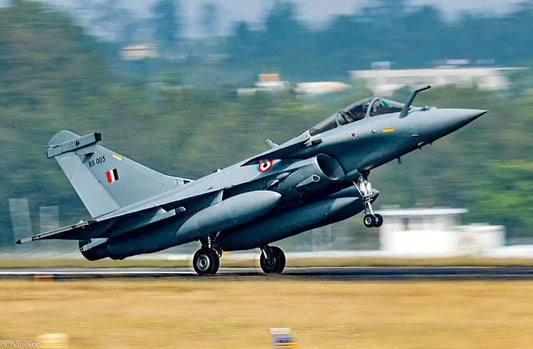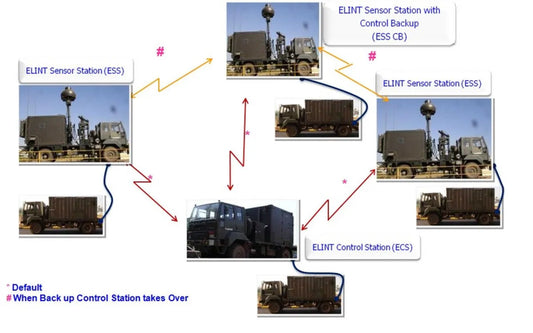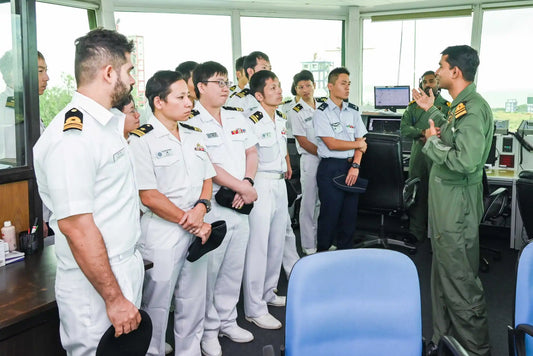15 Experiences Every Indian Military Academy Cadet Can Relate To
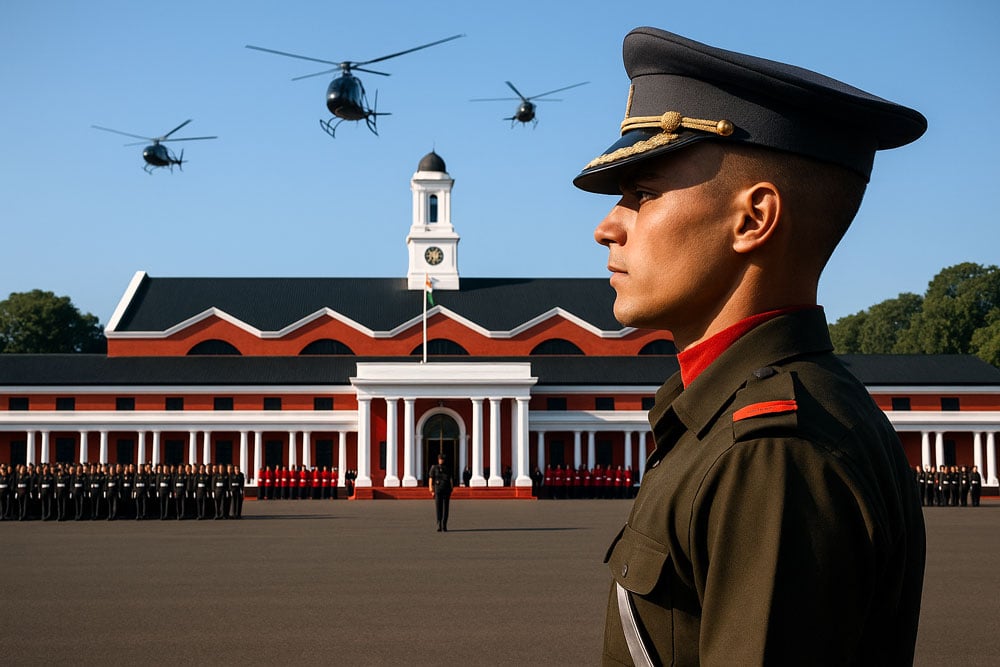
The Indian Military Academy (IMA) in Dehradun is renowned for transforming young men into distinguished leaders of the Indian Army. For every Gentleman Cadet (GC) who enters, the academy offers a journey marked by discipline, camaraderie, and personal development. It is a place where perseverance and sacrifice shape not only soldiers but officers who represent honor, courage, and patriotism.
For those currently at IMA or aspiring to join, several experiences define life at the academy. These challenges are integral to the journey of becoming the best version of oneself, equipped to serve the nation with determination.
1. Adapting to Military Life
Newcomers without a military background face an intense adjustment upon arrival at IMA. The structured environment requires a complete overhaul of personal limits and egos. Those from civilian backgrounds, unlike NDA or ACC alumni, initially find the rigid routines and physical demands overwhelming. However, this phase is crucial for developing resilience, teaching cadets to adapt and overcome challenges, transforming them into warriors ready to thrive under pressure.
2. Embracing Unity
The "katora cut" symbolizes the beginning of a cadet's integration, fostering unity by removing individuality. Cadets receive a bicycle, GC number, and are assigned to a company named after historic battlefields, such as Kohima or Naushera. The company colors become a source of pride and identity, encouraging fierce loyalty and teamwork, essential elements in the army where one's unit represents a family.
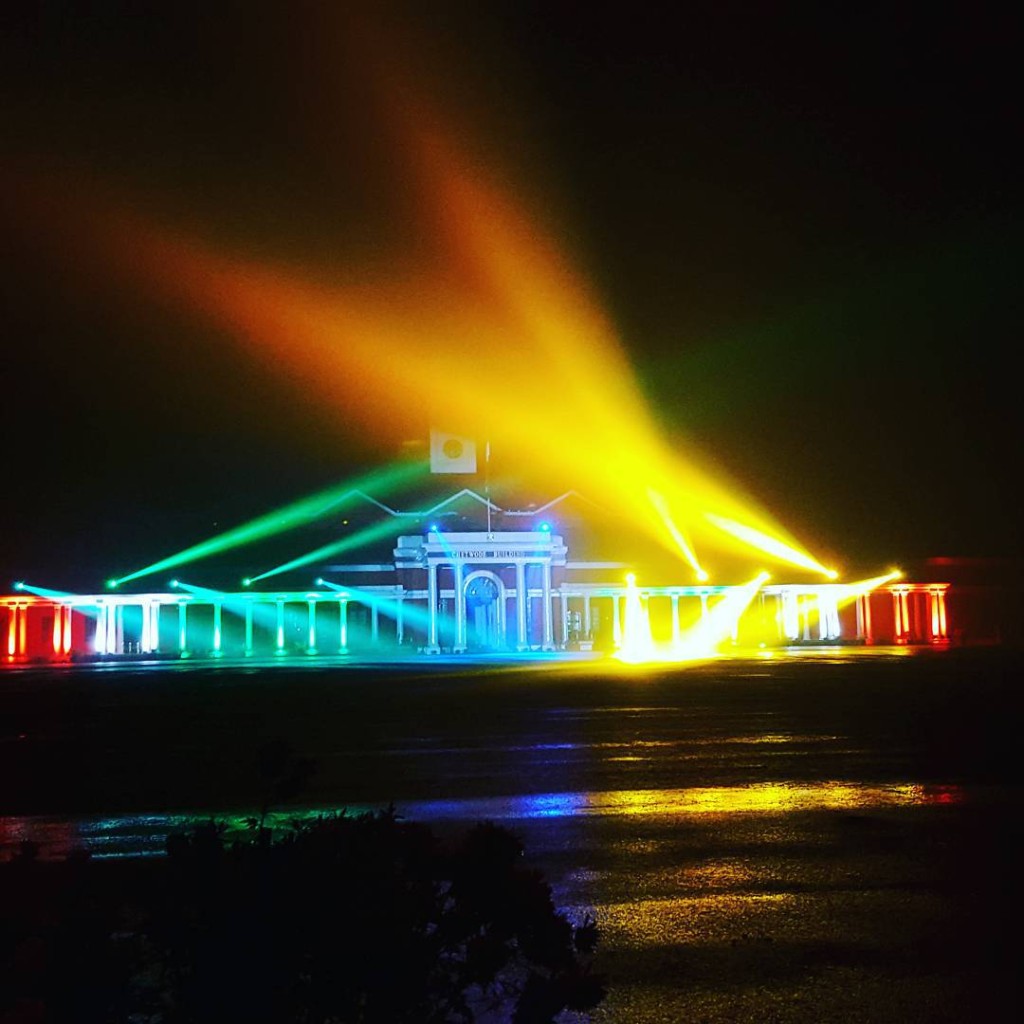
3. The Initial Transition
New GCs are given a one-month "honeymoon period" to adjust, helping them to understand the academy's ethos and routines. This period is designed to build confidence and underline the importance of mastering the system. It serves as a foundation for cadets to transform initial apprehension into competence.
4. Learning Leadership
Each company benefits from the leadership of senior-term cadets holding positions such as Senior Under Officer (SUO) and Company Sergeant Major (CSM). These roles teach responsibility and leadership skills. Aspiring to these positions motivates cadets, providing a practical lesson in guiding others while developing their own leadership abilities.
5. Rigorous Training Schedule
The academy's daily routine begins at dawn, with first-termers rising by 0400. Morning activities such as PT, drill, and horse-riding are designed to build physical endurance and mental strength. These sessions are critical in developing the stamina and mindset required for leadership roles.
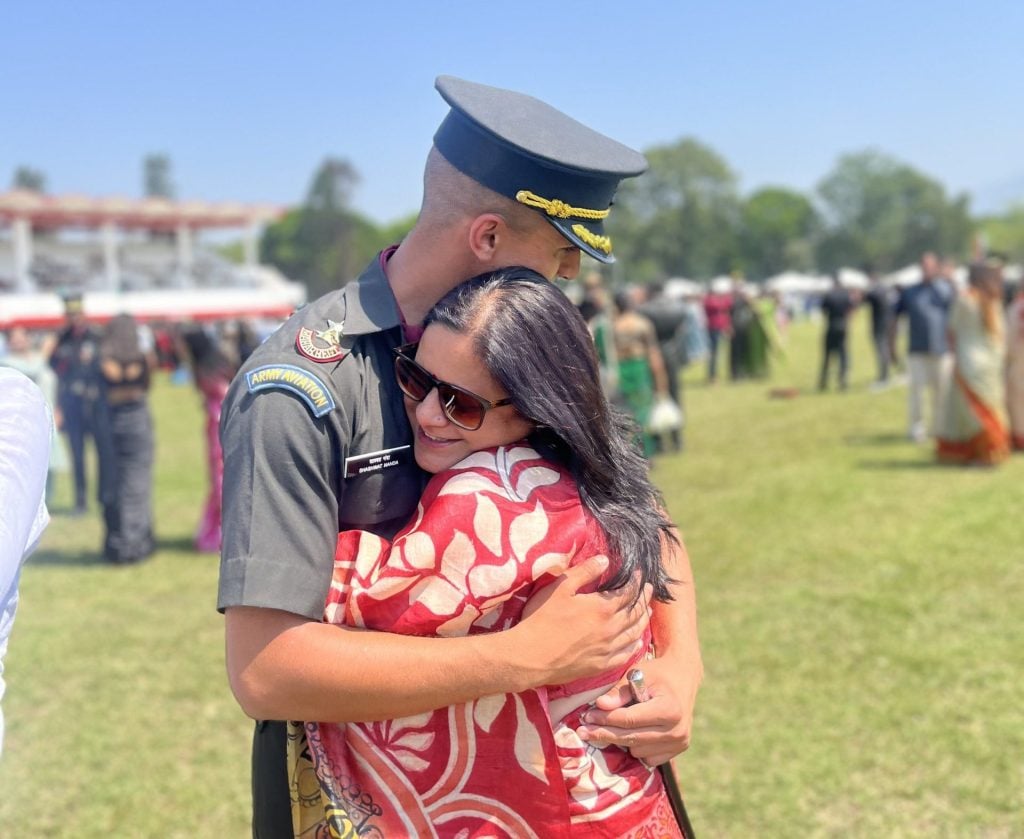
6. Managing Time Under Pressure
Cadets face the challenge of managing time efficiently after morning PT, as they must quickly transition to classes. This experience teaches adaptability and time management, skills essential for making quick decisions in high-pressure scenarios.
7. Afternoon Activities
After classes and lunch, cadets engage in activities designed to address weaknesses, such as Weak PT or Extra Drill. These sessions, though challenging, are vital in developing military discipline and perseverance, teaching cadets to view setbacks as opportunities for growth.
8. Building Resilience
For more severe infractions, cadets face demanding punishments, such as running in full battle gear. These experiences build mental toughness, teaching cadets to find strength in adversity and reinforcing the resilience needed for leadership.
9. Evening Physical Training
After the study period and dinner, cadets engage in intensive physical training, preparing for events like cross-country runs. These sessions build endurance and team cohesion, essential qualities for future leaders.
Also Read: 8 Things You Must Know Before Joining NDA, IMA, OTA, AFA, INA
10. Nighttime Corrections
Evenings can include creative punishments for rule violations, which push cadets to their limits. These experiences reinforce humility and endurance, transforming cadets into resilient leaders capable of overcoming extraordinary challenges.
11. Wilderness Training
Surprise wilderness camps provide practical survival training, enhancing adaptability and self-reliance. These experiences prepare cadets for unpredictable missions, essential for effective leadership.
12. Influential Mentors
The academy's directing staff and instructors play a crucial role in shaping future leaders. Their expertise imparts the qualities necessary for effective command, motivating cadets to honor their legacy through excellence.
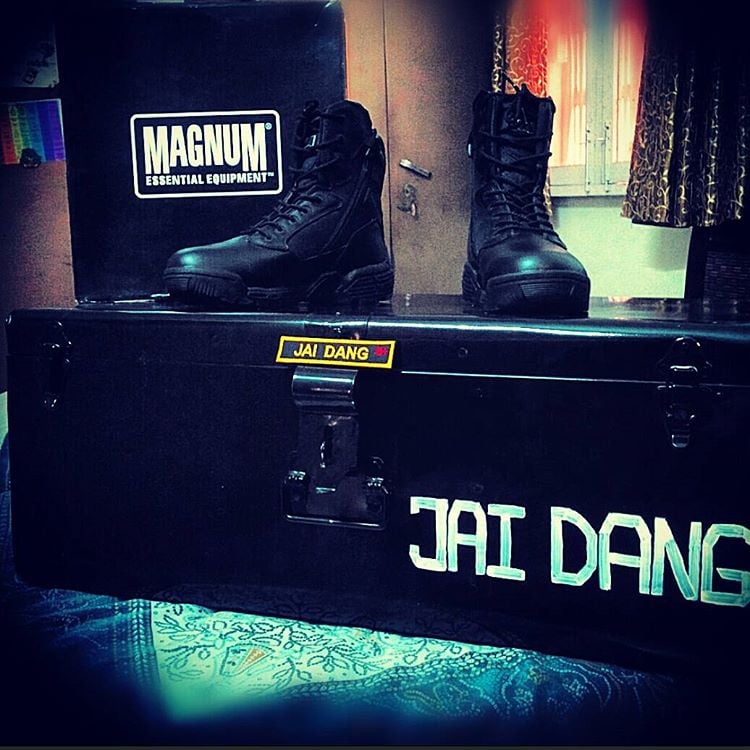
13. Company Competitions
Night-long runs with challenging loads test cadets' endurance and team spirit. Completing these challenges successfully reinforces the potential for achieving seemingly impossible goals.
14. Memorable Milestones
Various academy events, from obstacle courses to passing out parades, mark significant achievements in a cadet's journey. These milestones motivate reflection and celebrate personal growth, serving as a source of pride.
15. Developing Empathy
Training closely mirrors the experiences of a jawan, fostering empathy and understanding. This insight equips cadets to lead effectively, earning respect and building unity within their future command.
Ultimately, the IMA is not just a training ground; it is a crucible for producing exceptional military leaders. The experiences within its walls, though challenging, craft the fabric of leadership, inspiring cadets to serve with honor and motivate future generations.
Also Read: 20 Things Every NDA Cadet Can Relate To
